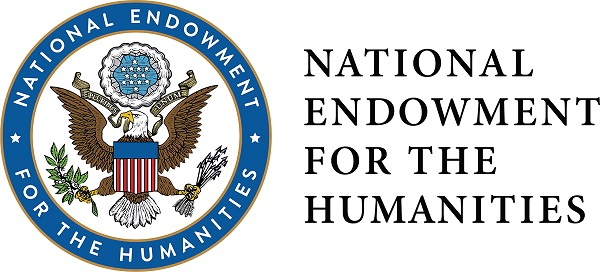
US Government Documents related to Indigenous Nations
Sponsor
Frank H. H. Roberts Jr.
Committee
Bureau of American Ethnology
Congress
87th Congress, 1st Session
Files
Download Full Text (40.0 MB)
Description
Published as a series sponsored by the Smithsonian Institution Bureau of American Ethnology, the “River Basin Surveys Papers” are a collection of archeological investigations focused on areas now flooded by the completion of various dam projects in the United States. The River Basin Surveys Papers (numbered 1-39) were mostly published in bundles with 5-6 papers in each bundle. In collaboration with the United States (US) National Park Service and the US Bureau of Reclamation, the US Department of the Interior, and the US Army Corps of Engineers, the Smithsonian Institution pulled archeological and paleontological remains from several sites prior to losing access to the sites due to flooding. The Smithsonian Institution calls this project the Inter-Agency Archeological Salvage Program.
Paper number 27 discusses the excavation of Star Village, identified in this paper as the last village site of the Arikara tribe before they joined with the Mandan and Hidatsa tribes at Like-a-Fishhook Village. The site is located on the south side of the Missouri river within the boarders of the Fort Berthold Reservation. The site was excavated in 1951. The paper begins with a historical background on the Mandan, Hidatsa, and Arikara tribes’ occupancy of the area, primarily as told from the perspective of White/European settlers and explores. The report covers excavation of houses, other structural remains, ditch and ditch tests, caches, and artifacts including pottery and trade objects. Animal and vegetal remains were also found at this site. The site did not yield as much information about the material culture of the Arikara tribe as the author had hoped, and he draws conclusions with the aid of previous information collected about the Arikara tribe. Permission for the excavation was granted by the Tribal Council of the Three Affiliated Tribes. This site was flooded by the completion of the Garrison Dam. This paper includes photographs, illustrations, text figures, and maps.
Publication Date
1-1-1963
Keywords
Mandan Hidatsa and Arikara Nation, the Three Affiliated Tribes of the Fort Berthold Reservation, Mandan, Nueta, Hidatsa, Arikara, Sahnish, Garrison Reservoir, Garrison Dam, Archeological Salvage Program, Like-a-Fishhook Village, excavation, archeology, ethnology, pottery, trade objects
Organizations Referenced
Mandan Hidatsa and Arikara Nation, the Three Affiliated Tribes of the Fort Berthold Reservation, Mandan, Nueta, Hidatsa, Arikara, Sahnish, Smithsonian Institution, Bureau of American Ethnology, US Department of the Interior, US National Park Service, US Bureau of Reclamation, US Army Corps of Engineers, State Historical Society of North Dakota
People Referenced
George Metcalf, Frank H. H. Roberts Jr.
Publisher
Government Printing Office
Disciplines
American Politics | Indigenous, Indian, and Aboriginal Law | Indigenous Studies | Law and Politics | Native American Studies | United States History
Recommended Citation
Metcalf, George. River Basin Surveys Papers, No. 27: Star Village: A Fortified Historic Arikara Site in Mercer County, North Dakota, Washington, D.C.: Government Printing Office, 1963. https://commons.und.edu/indigenous-gov-docs/17/.

Included in
American Politics Commons, Indigenous, Indian, and Aboriginal Law Commons, Indigenous Studies Commons, Law and Politics Commons, Native American Studies Commons, United States History Commons
Cultural Institutions Notice

Attribution Incomplete
Collections and items in our institution have incomplete, inaccurate, and/or missing attribution. We are using this notice to clearly identify this material so that it can be updated, or corrected by communities of origin. Our institution is committed to collaboration and partnerships to address this problem of incorrect or missing attribution.

Open to Collaborate
Our institution is committed to the development of new modes of collaboration, engagement, and partnership for the care and stewardship of past and future heritage collections.

